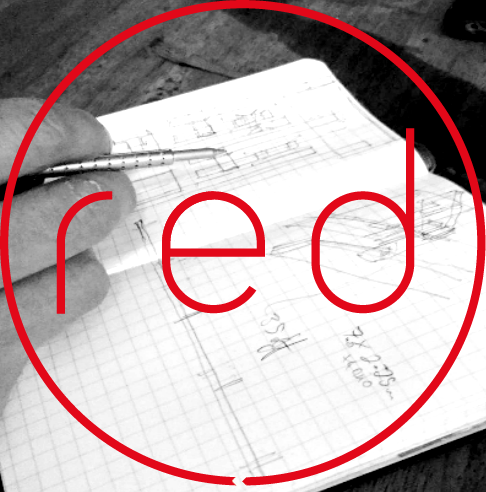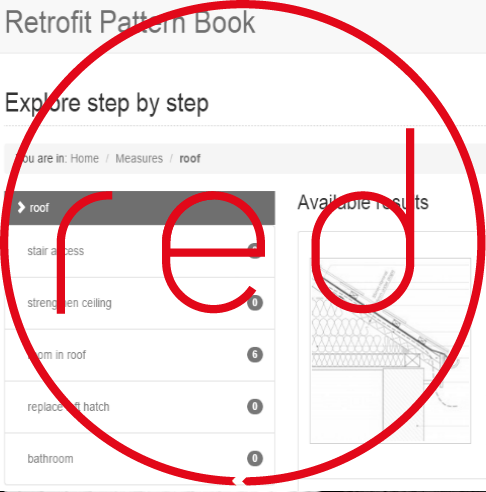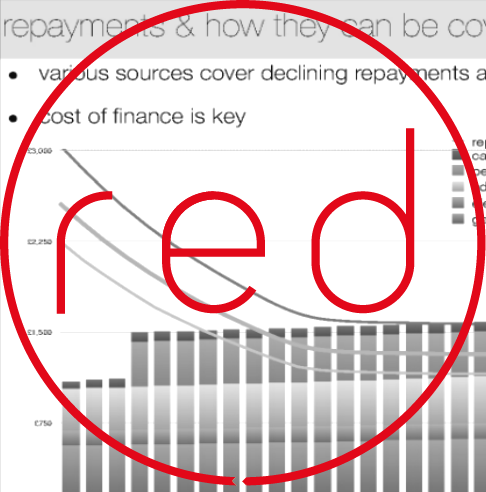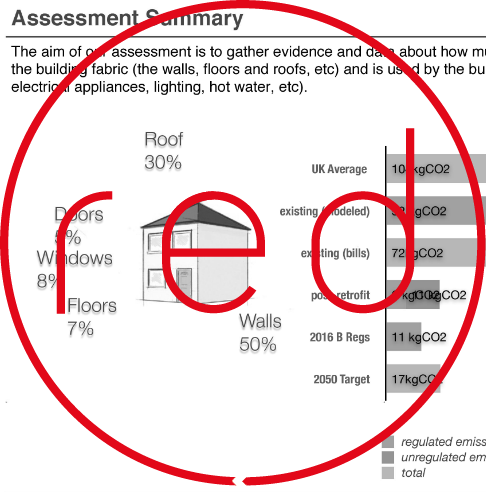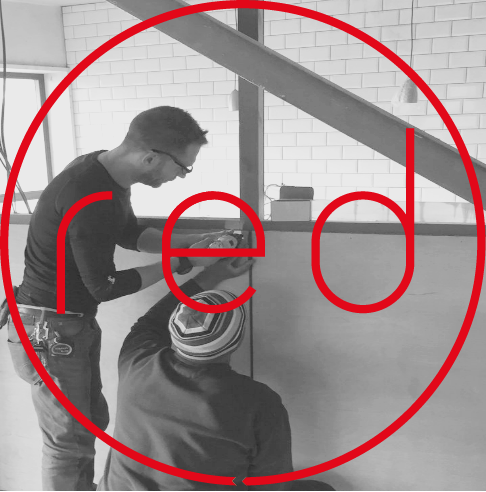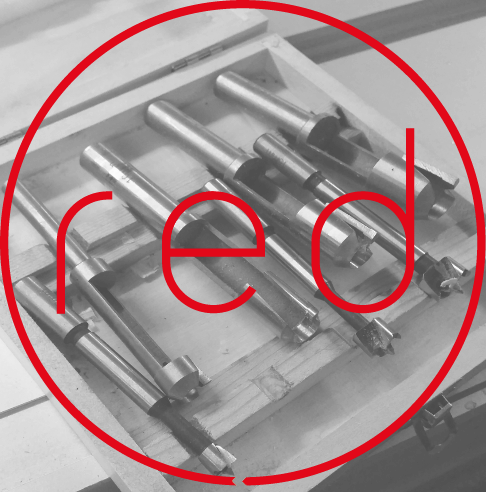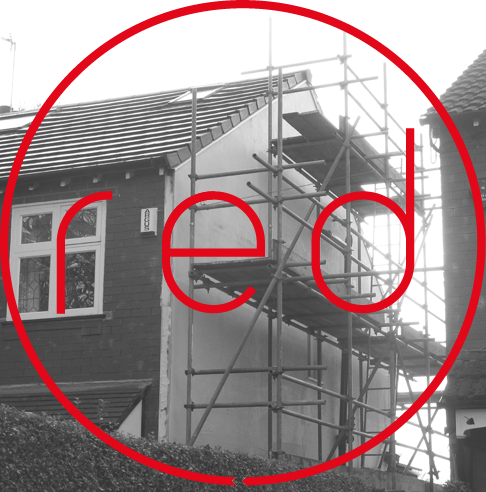suspended timber floors
Depending on the moisture location and movement vectors there are several versions we have developed:
Woodfibre insulation, such as Unger Diffutherm Udiflex, is friction fitted between and installed under joists up to a depth of 200mm.
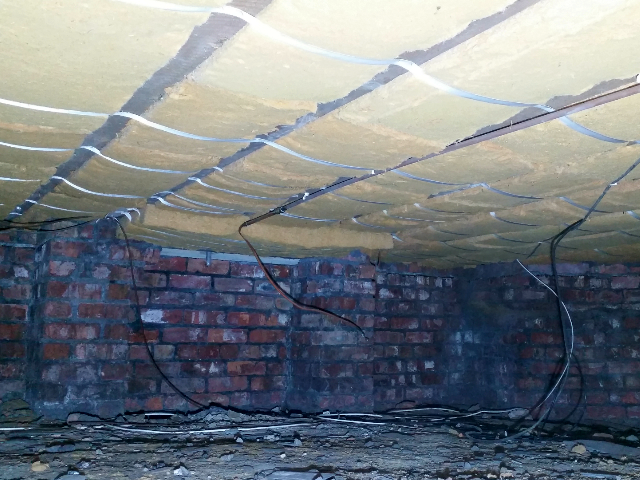
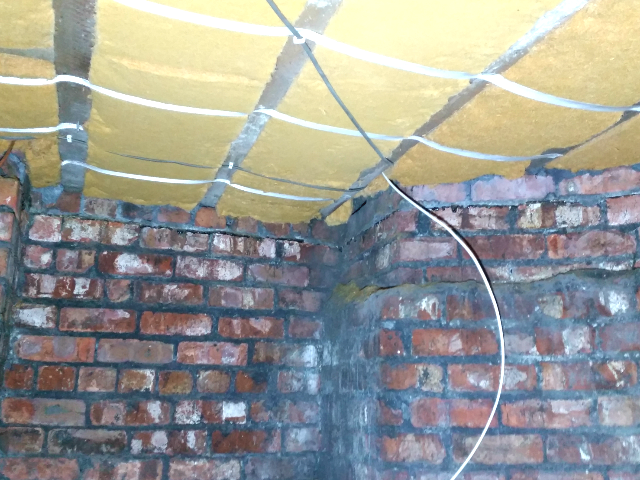
Woodfibre insulation with a humidity-variable vapour retarder and airtight membrane, such as ProClima Intello, above to increase thermal efficiency and airtightness. - this, however, is a more costly and time consuming option. Performance target : 0.16 - 0.25 W/m2.K
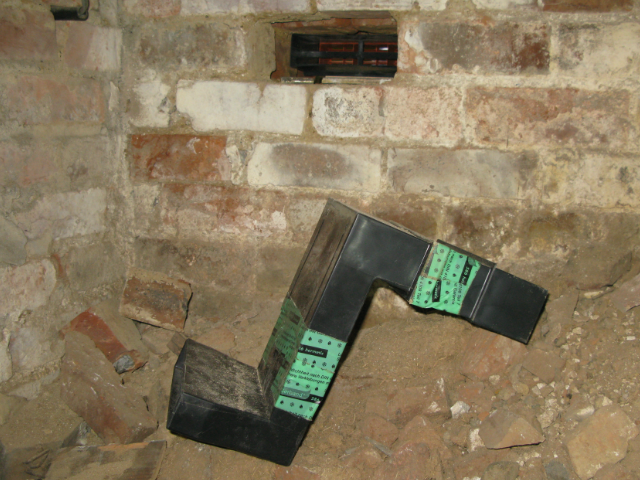
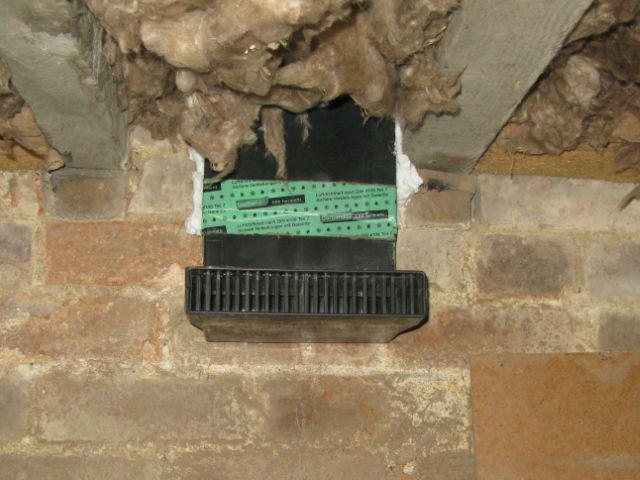
Air brick periscopes are installed to maintain ventilation through the crawlspace voice below the level of insulation
Where the floor is over a cellar, this insulation layer is underdrawn with magnesium silicate (or equivalent) boards screw fixed to underside of joists. Performance target : 0.16 - 0.25 W/m2.K.
If the floor cannot be accessed from below due to limited space, it is necessary to lift the floorboards to install the woodfibre insulation & air tightness membrane Performance target : 0.16 - 0.25 W/m2.K.
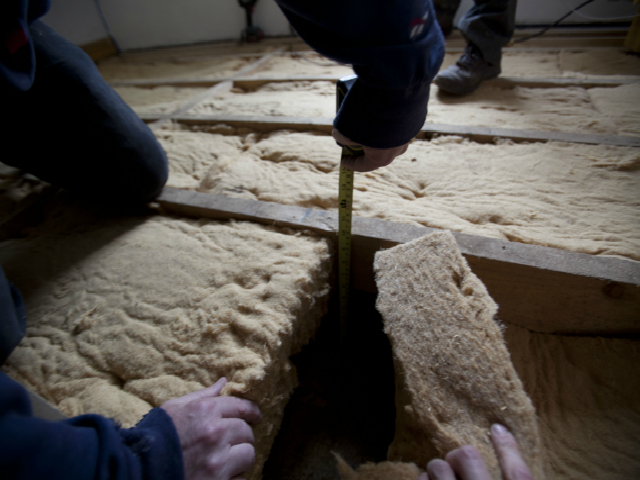
If the ground beneath is moist, and the void is smaller then we use Knauf DriTherm mineral wool cavity slabs. Joist ends are inspected and remedial action taken if any moist joist ends are encountered; therefore preventing any moisture becoming permanently trapped.
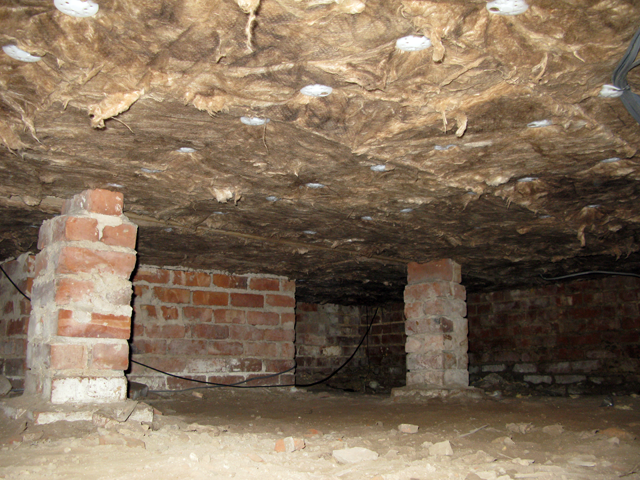
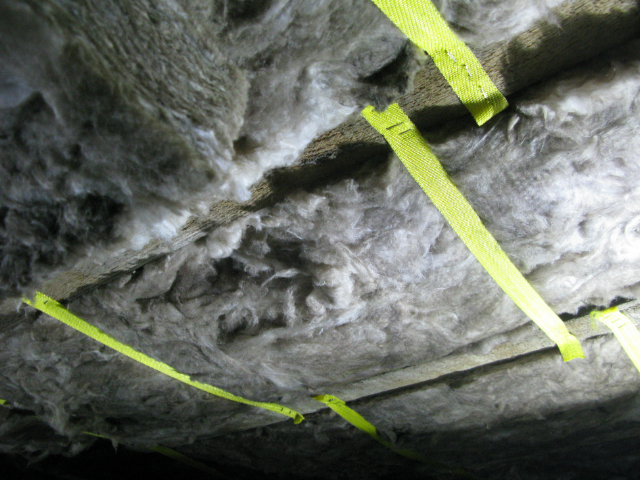
We have been developing an innovative underfloor insulation solution if the ground is wet: we use an aerated recycled glass foam aggregate, Bifoam/Technopor; ideally using the void as preconditioning chamber for inlet of passive stack ventilation to keep some air movement above.
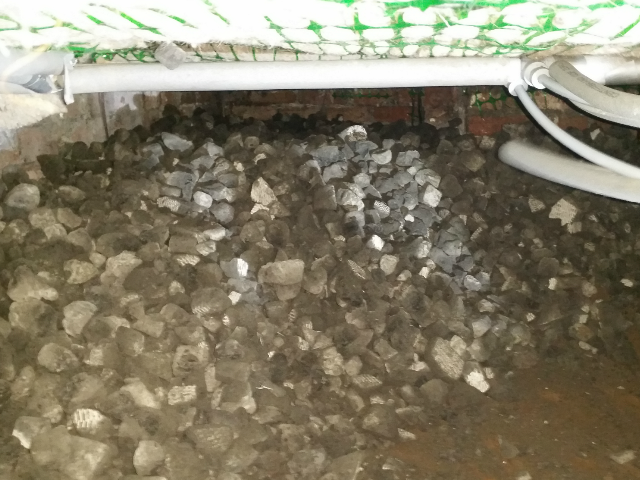
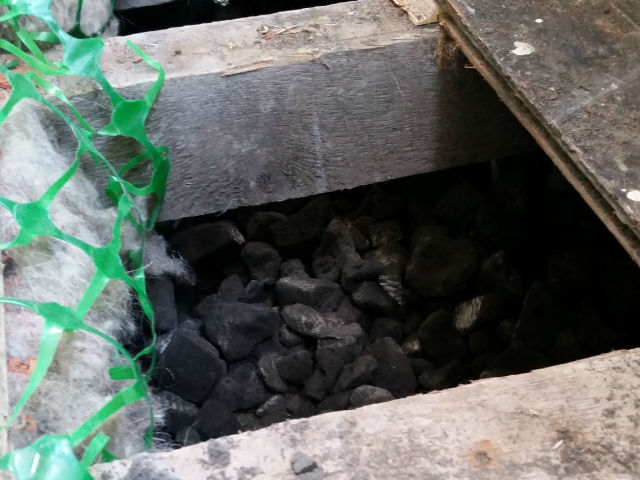
If the ground surface is too wet for the above measure, the void cavity is fully filled to the top of the floor joists. With this method, this is a possibility that the floor joists may rot but the moisture dynamics and inert zero capillary insulation reduce the likelyhood of this occurring, compared to not utilising such a measure.

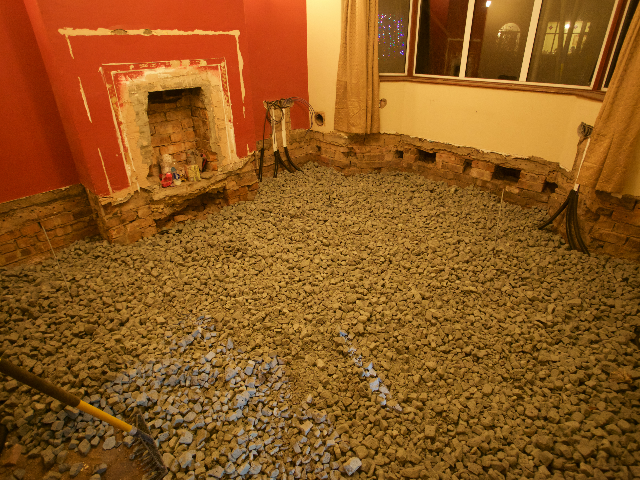
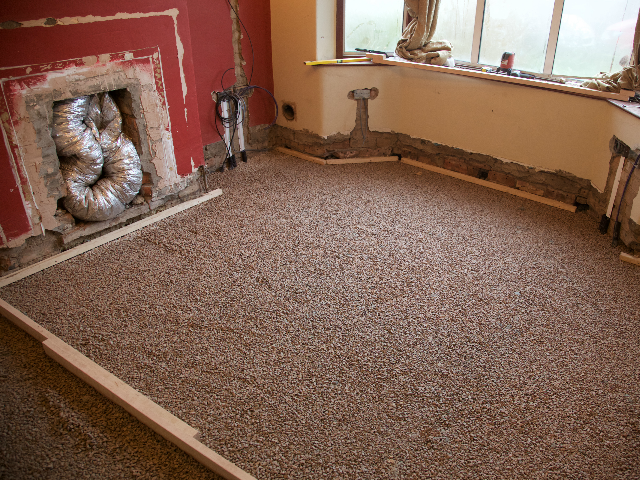

When the ground is extremely wet, and the floor joists are already rotting, the floor joists are removed, with tamped glass foam aggregate fully filling the void, covered with a Cemwood binding layer - creating a load bearing floor.
This method has also been used with a double layer XPS (extruded polystyrene foam) on tamped ground both with engineered timber new finish on top with membranes in appropriate locations.
Further information is available in the Retrofit Pattern Book

